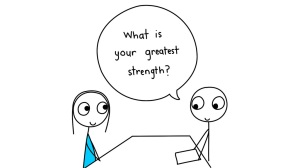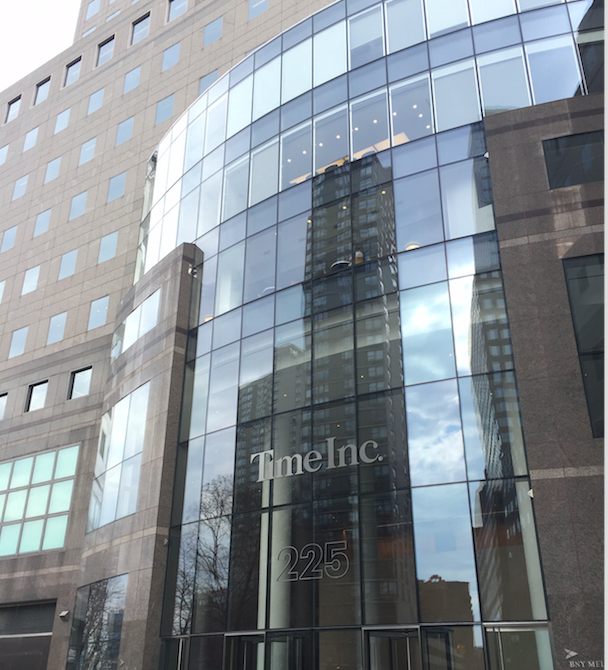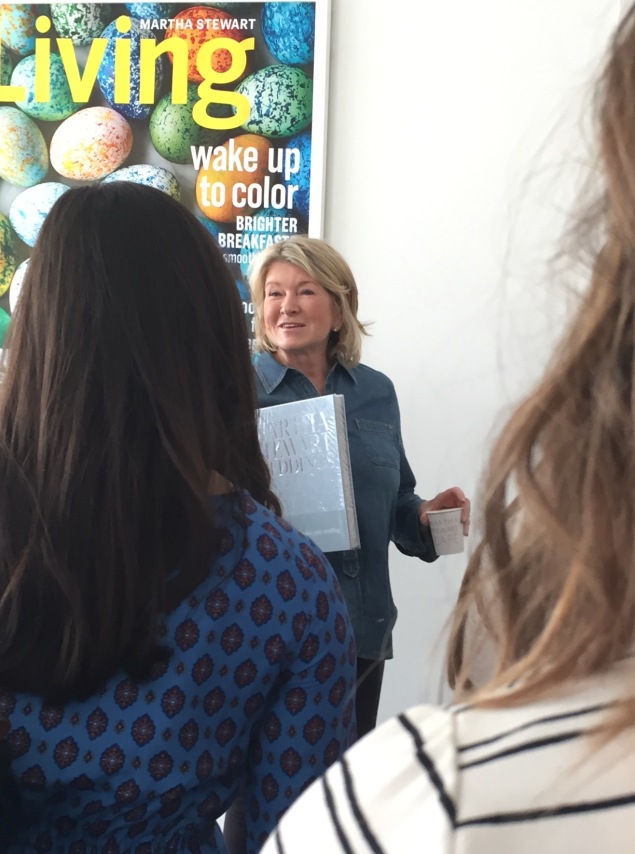Not a summer goes by when I don’t make this four or five times. And every time, I think of Grandma Florence, boiling and peeling and mixing the ingredients for this recipe while standing at her kitchen sink that overlooked the garden. Here’s to the grandmas everywhere who taught us food is so much more than sustenance.
Potato salad is deceivingly simple: boiled potatoes and eggs, dressing, some onion, celery and salt. Yet despite its basicness, this dish inspires exceptional adulation. A couple of years ago, Zack Brown from Columbus, Ohio, launched a Kickstarter campaign to raise $10 to make a potato salad. It was a joke with his friends ahead of a Fourth of July get-together, but within a day he’d reached 10 times his goal. By the time the campaign ended a month later it had raised $55,492. Good timing and the right amount of tongue-in-cheek satire helped it become a viral internet phenomenon, but it’s also a testament to the popularity of potato salad. Who wouldn’t want to pitch in a buck to help a guy whip up a bowl of this delicious, creamy summertime concoction?
In the United States, potato salad arguably is summer’s most ubiquitous side dish. Turn to allrecipes.com for potato salad recipes and you’ll find 559 results, Google searches for the dish peak each July, and rare is the food magazine that doesn’t publish summer editions that promise a “new twist” or a “foolproof technique” for potato salad. Every chef and foodie has his or her own version—even Julia Child.
But I have no use for such incarnations. I already have the perfect potato salad recipe. It’s in my red recipe binder, typewritten on an 8- x 11-inch piece of paper and titled “Grandma’s Potato Salad.” I grew up on the family potato farm, so I figure it’s not going to get much better than the dish my grandma created while living on a Plover, Wisconsin, farmstead with 100 years of potato-growing experience. But her potato salad recipe—and recipes in general—aren’t just assemblies of ingredients and preparation instructions. There is family history and heritage between the lines. Family recipes are infused with clues about how, where and when our ancestors lived. And when we make those recipes, we conjure up those places and people, if only for an hour.
6 red potatoes
6 hard-boiled eggs
1 medium onion, chopped
2 celery stalks, chopped
Red potatoes—round, ruby-red and small—are an early-season crop. Unlike the russets that our family harvested in August and September, reds were ready in June and July. They also are just right for potato salad. Cubes of cooked red potato hold their shape in a salad and keep it from turning into a slightly unappetizing amalgam of mashed potatoes and eggs. If late-season russets had been the variety that made a better salad, perhaps we would have become accustomed to mashed potatoes on the Fourth of July and potato salad at Thanksgiving.
There’s something else I love about this part of the recipe. It’s a family-size portion. My grandma’s go-to recipe wasn’t a potato salad for a big summer gathering, it was the everyday version she made for her husband and four children. It was part of their daily lives, not a recipe to be pulled out only when there was a hungry group to entertain.
Cut potatoes in quarters, leave skin on, boil until soft
Cool, peel, then cube
Chop eggs coarsely, mix together with potatoes, celery and onion
Here is where farmwork-toughened hands help because boiled potatoes take awhile to “cool,” as my grandma instructed. Rarely do I have patience to allow the hot spuds to expel enough heat that I don’t steam away skin cells while peeling them. Though I’m far from a complete softie, my ability to handle hot potatoes is nowhere near that of the farm women who used to staff the kitchen during Buena Vista Methodist Church suppers. I’d watch them lift the lids from huge, just-drained pots of boiling potatoes, steam billowing out, and they’d begin preparing those potatoes right away, gingerly cradling the round tubers in their bare hands as they skillfully peeled away the skins with paring knifes.
Secret sauce:
¾ cup Miracle Whip (no mayonnaise)
Make puddle of 3-4 T. milk in middle of mayo, add 1 tsp. apple cider vinegar
Let it curdle 5-10 minutes
Wait, what? The first time I made my grandma’s potato recipe, this was the moment where family loyalty triumphed. Curdled milk? Miracle Whip? If you say so, Grandma. As it turns out, this is the part of the recipe that also binds younger generations of the family together. The offspring of those four farm kids are now spread across four states, but when we make potato salad, we all curdle the milk and we all follow Grandma’s explicit directions (as good grandchildren should) to use Miracle Whip salad dressing. It is a family bond we keep tucked in our recipe boxes, there to remind us of our roots whenever we dig it out and perform the rituals as our forebear passed along to us.
My mother has veered away from this method and uses half of her own homemade mayonnaise in the mix, but at the time my grandma was cooking, heavily marketed prepared foods such as Miracle Whip, Jell-O and Bisquick were seeping into 1940s kitchens. In many ways, it’s a reflection of that post-Depression, pre-World War II time that something as from-the-shelf as salad dressing made it into a dish as from-scratch as potato salad. It’s also a sign of that time that instead of adding 4 tablespoons of buttermilk, a home cook such as my grandma made her own by adding vinegar to milk. If I could call up celebrity chef and food chemist Alton Brown, I’d ask him to explain what taste buttermilk brings to a potato salad. In my experience, it truly is the “secret” to the sauce, making the resulting salad tangy instead of overly heavy and creamy.
Add 2-3 tsp. sugar, make sure it’s sweet and tart
Add salt, pepper and paprika
Mix together
By this point in making the recipe, my mouth has started to water with anticipation. The reward for all that boiling and peeling and chopping is getting the first taste of potato salad. It’s usually still a bit warm. The golden-yellow egg yolks have mixed in to give the salad a sunshine hue, green pieces of celery look fresh and crisp, and the earthy scent of fresh potatoes pervades the whole dish. Eating that spoonful while standing over a sink filled with discarded potato skins, egg shells and mixing bowls, I’m never sure if I’ve gotten it right until that moment. And as I chew and swallow, I think of farm family, dusty potato fields and my grandma in her own kitchen, looking out over her garden, and I reaffirm—yes, this is the perfect potato salad recipe.






